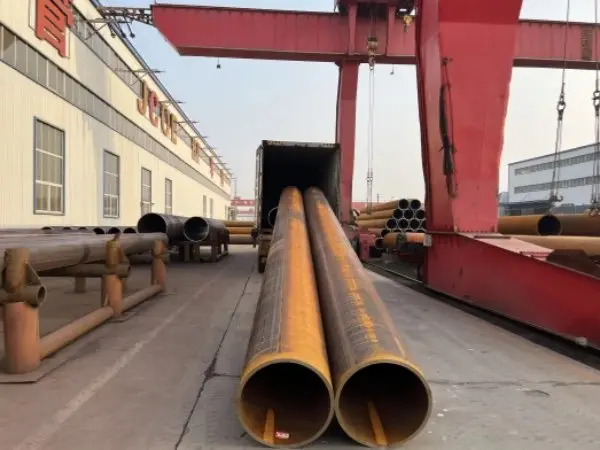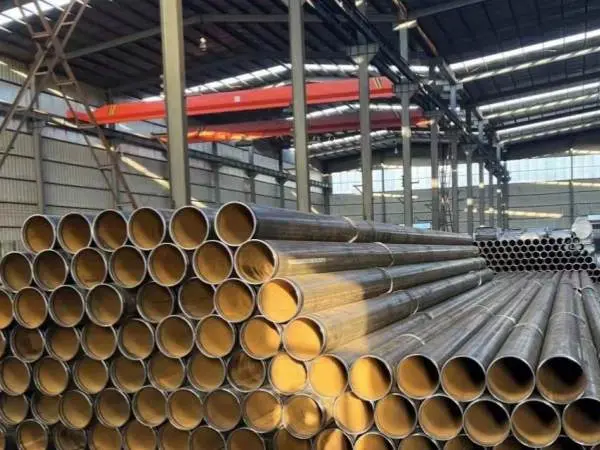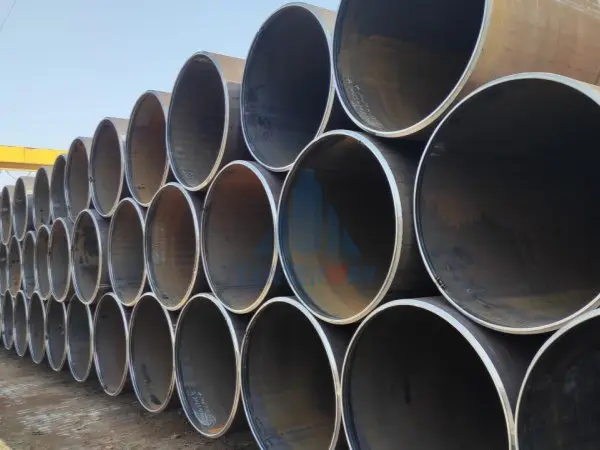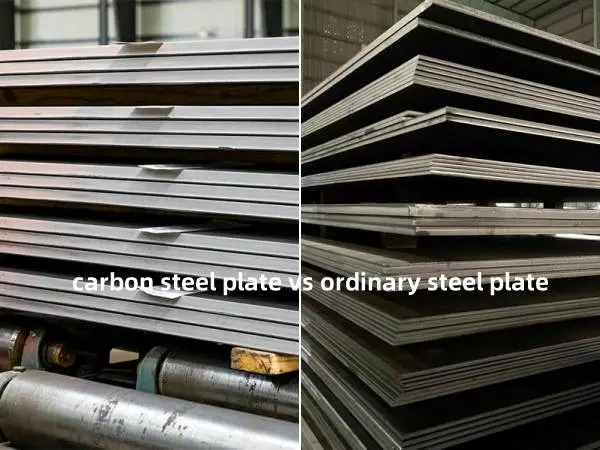- Phone0086 731 8564 8255
- E-mailsales@cscsteel-manufacturing.com
-

ERW (Electric Resistance Welded) pipe is a type of welded steel pipe formed by high-frequency current heating at the contact edge of the steel strip, causing rapid melting and solid bonding. With advantages such as high production efficiency, low cost, material savings, and easy automation, ERW pipes are widely used in construction, oil and gas transportation, and water supply systems.
However, their long-term performance and durability can be significantly impacted by various factors. Improper use or inadequate maintenance can lead to premature failure, higher replacement costs, and even system-wide disruptions. Understanding the factors that influence ERW pipe lifespan and implementing effective preservation strategies is essential.
Continental Steel Co., Ltd is professional ERW pipes manufacturer, for more details, please contact:sales@cscsteel-manufacturing.com
Factors Affecting the Service Life of ERW Pipes
1. Internal Factors
Material Selection
The base material determines the pipe’s strength, pressure resistance, and corrosion behavior.
High-strength steels are ideal for long-distance oil and gas pipelines to handle pressure and geological stress.
Corrosion-resistant materials like stainless steel are crucial for chemical transport to prevent chemical degradation.
Manufacturing Quality
Welding integrity directly influences the strength and sealing capability of the pipe. A high-quality weld ensures mechanical performance close to the base metal.
Internal burr removal reduces fluid turbulence, which helps prevent inner wall erosion and enhances flow efficiency.
2. External Factors
Operating Environment
High temperatures can weaken structural integrity and cause material creep, especially in steam pipelines.
High humidity or underground moisture accelerates corrosion, requiring effective anti-corrosion coatings or linings.
Medium Corrosiveness
Transporting aggressive chemicals like sulfuric or hydrochloric acid can significantly reduce the lifespan of the pipe without proper internal protection.
Installation and Maintenance Practices
Improper connections or uneven stress distribution during installation can lead to local stress points and fatigue failure.
A lack of routine inspections and maintenance allows minor defects to escalate into major damage.
How to Prolong the Lifespan of ERW Pipes
1. Choose the Right Pipe for the Job
Select materials and specifications tailored to the application:
For oil and gas, opt for high-strength, corrosion-resistant alloy ERW pipes.
For structural use, match diameter and wall thickness to load-bearing design parameters.
2. Follow a Standardized Installation Process
Inspect pipes for cracks, dents, and surface defects before installation.
Prepare fittings, sealants, and tools as per design requirements to ensure proper assembly.
Ensure tight, even connections to avoid stress concentrations and leaks.
3. Implement Regular Maintenance
Establish inspection schedules based on environmental and operational conditions (typically every 1–3 months).
Clean the pipe surface to remove dust, dirt, and corrosive deposits.
For liquid transport pipelines, carry out internal flushing to prevent sediment buildup and inner wall corrosion.
Conclusion
Maximizing the service life of ERW pipes requires a comprehensive approach encompassing proper material selection, standardized installation, and proactive maintenance. By addressing both internal and external influencing factors, users can ensure optimal performance, reduce long-term costs, and guarantee stable operation across a variety of applications.




